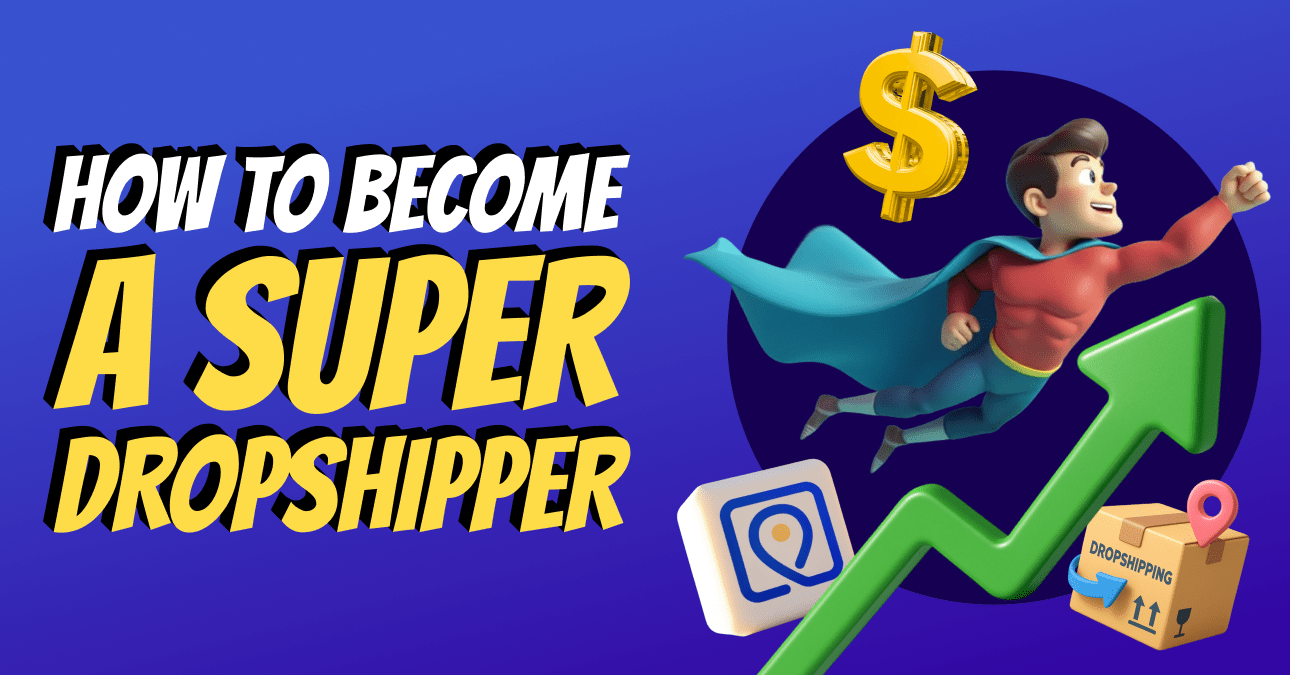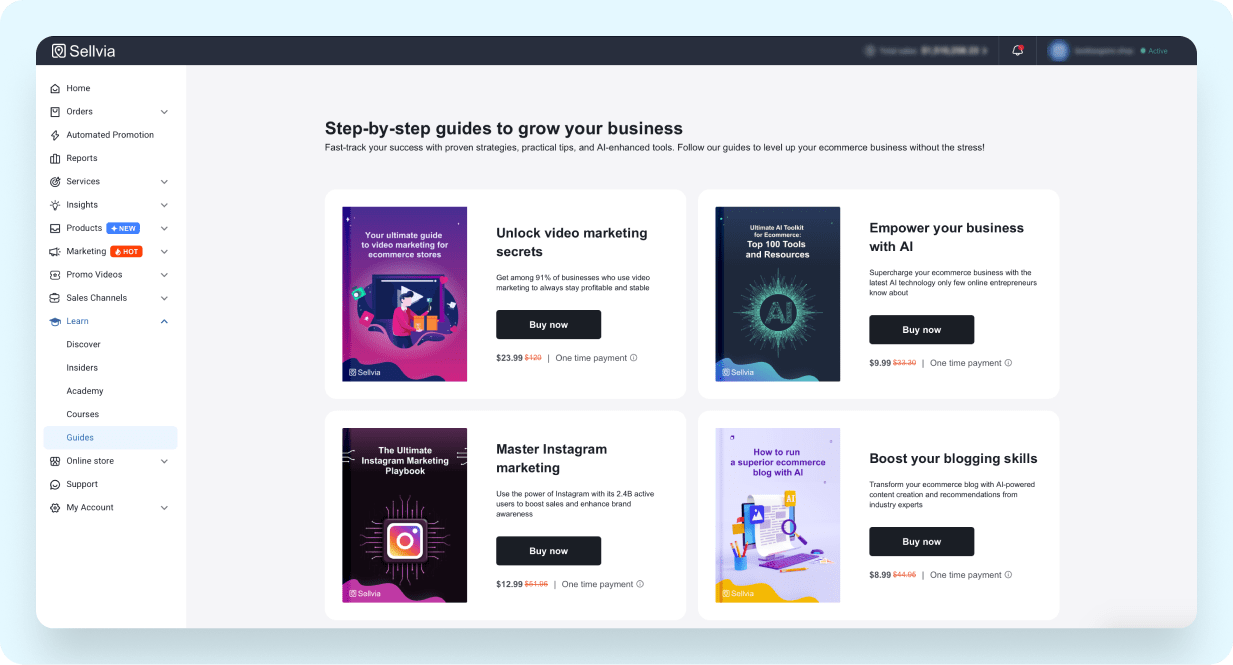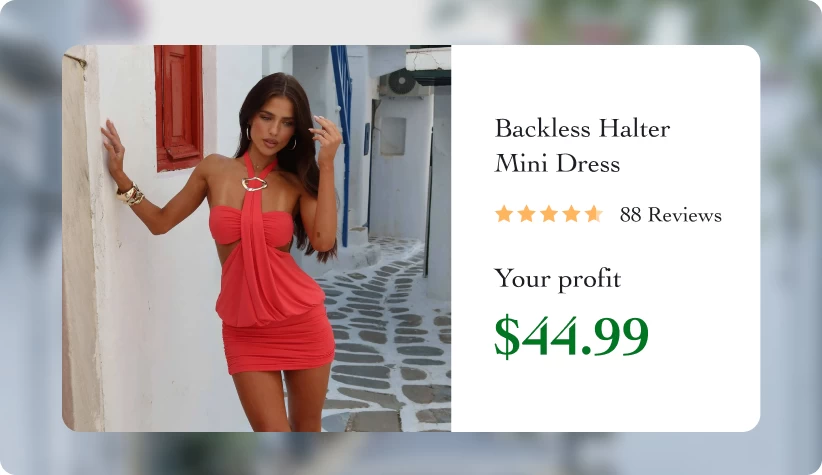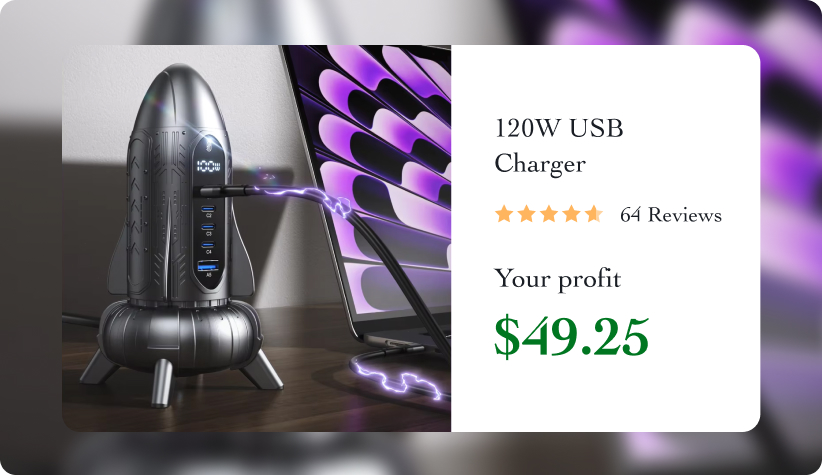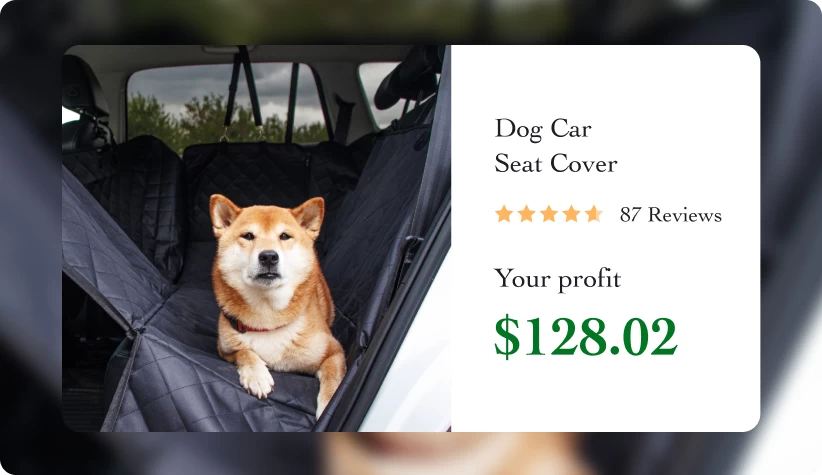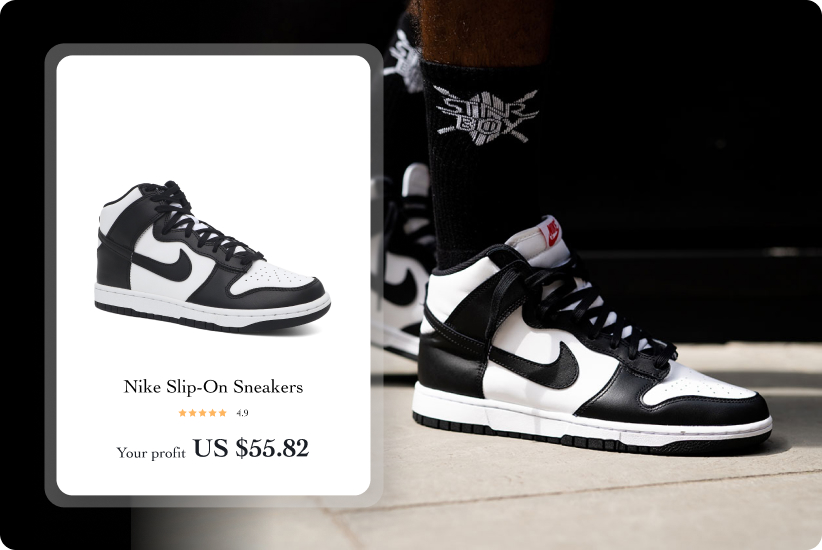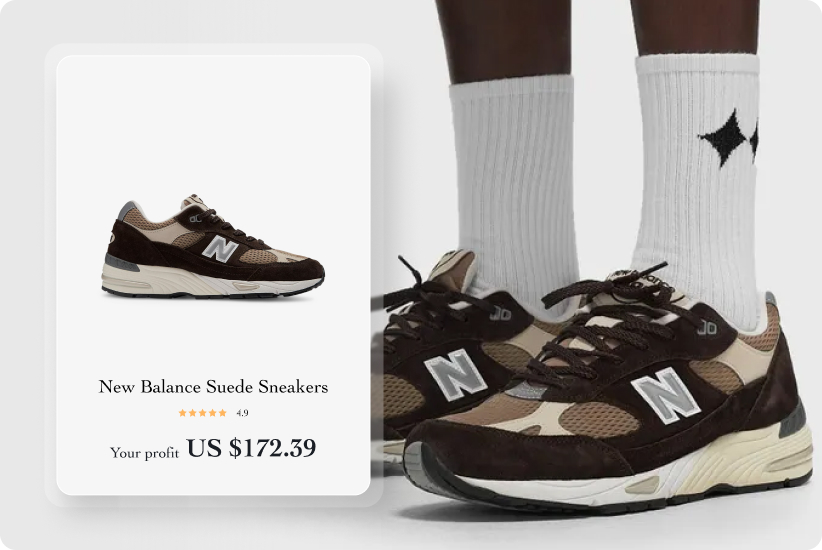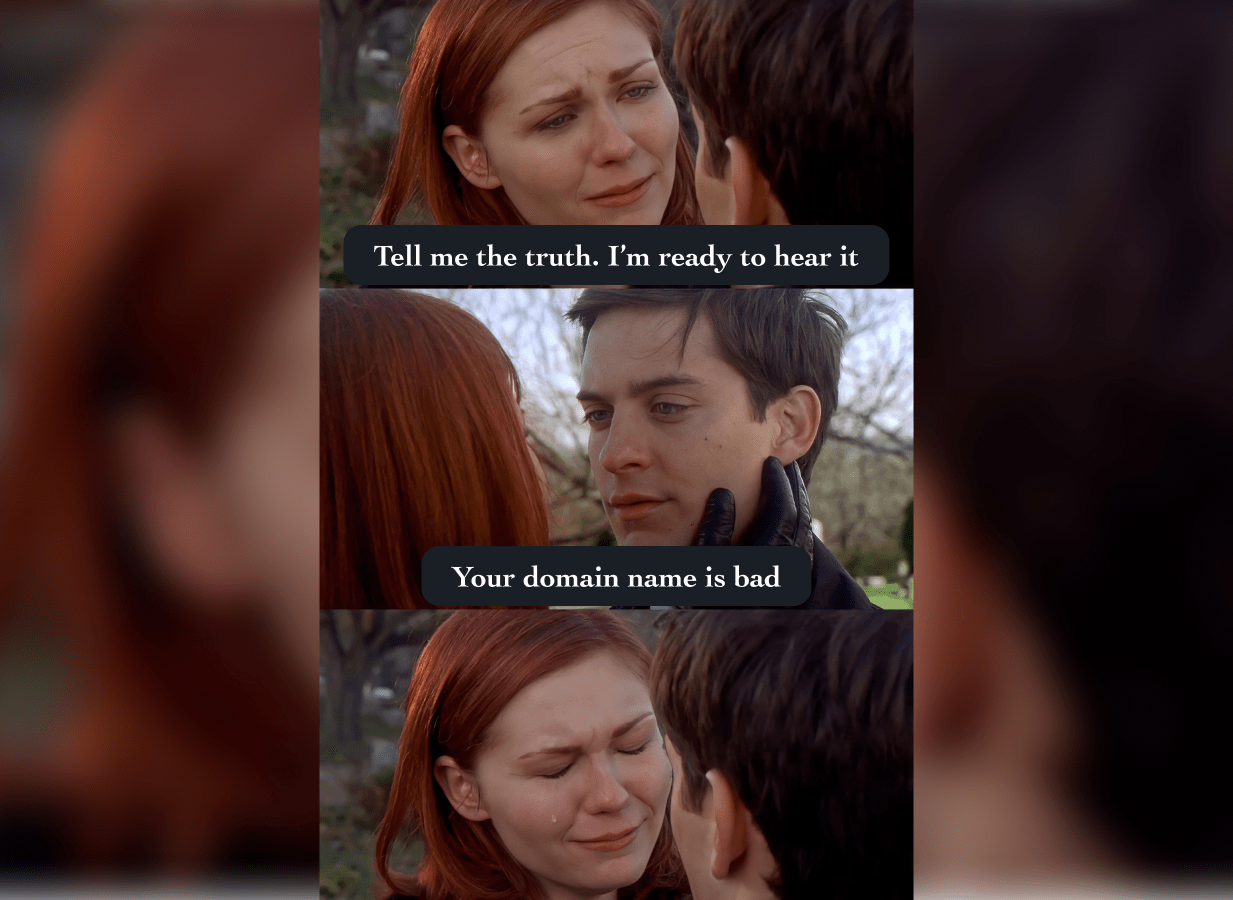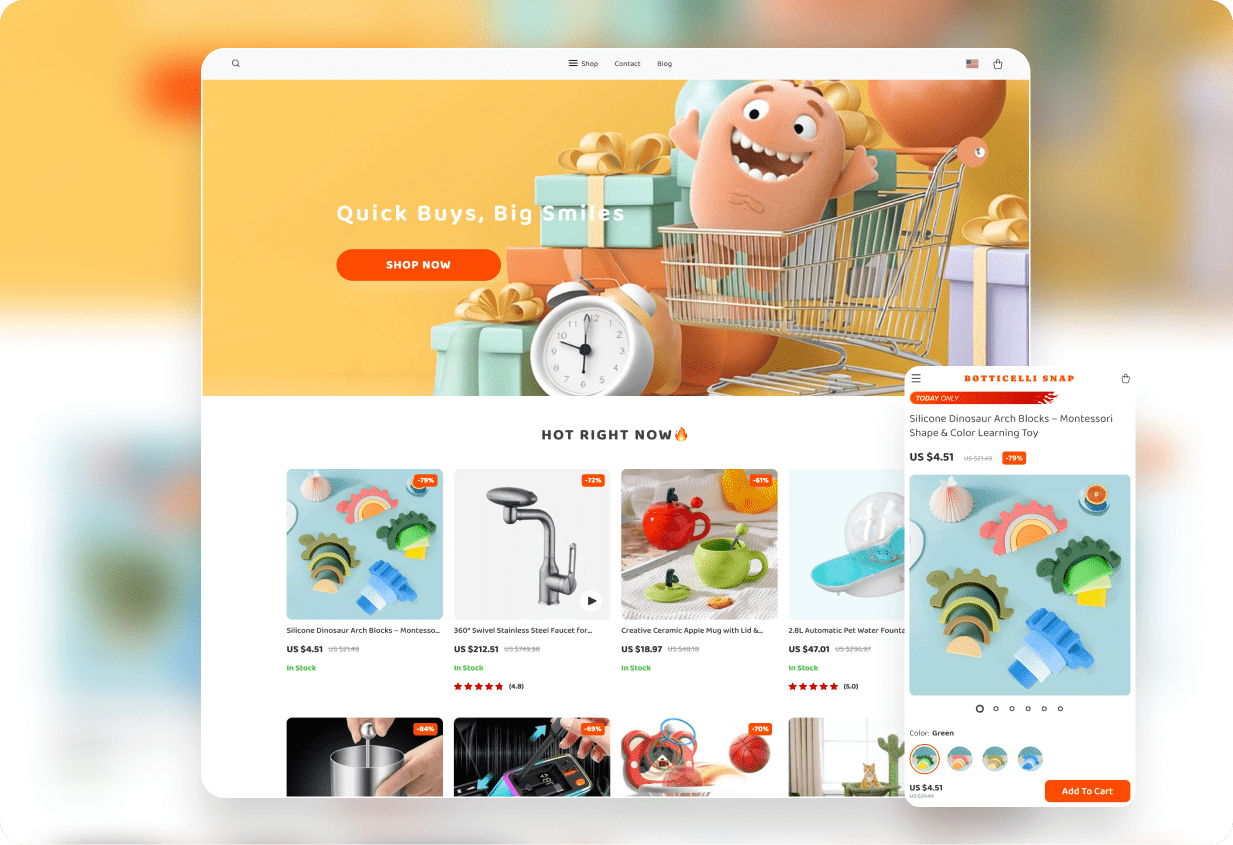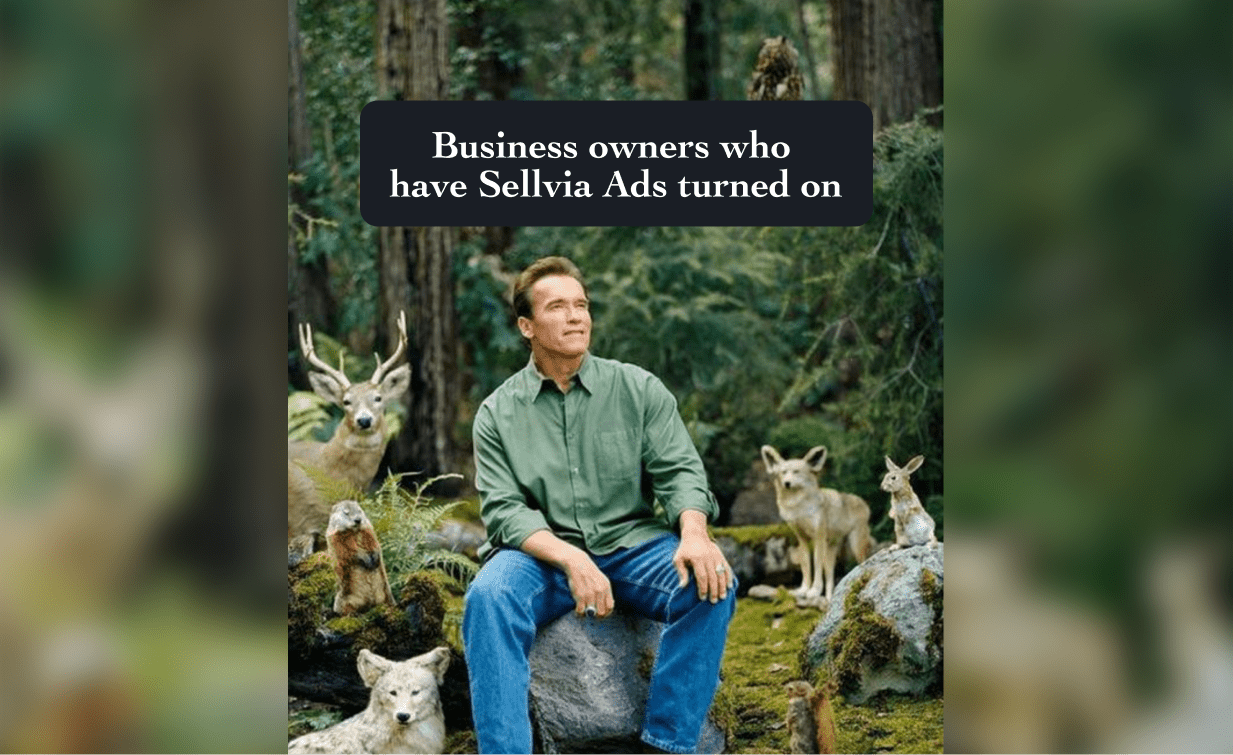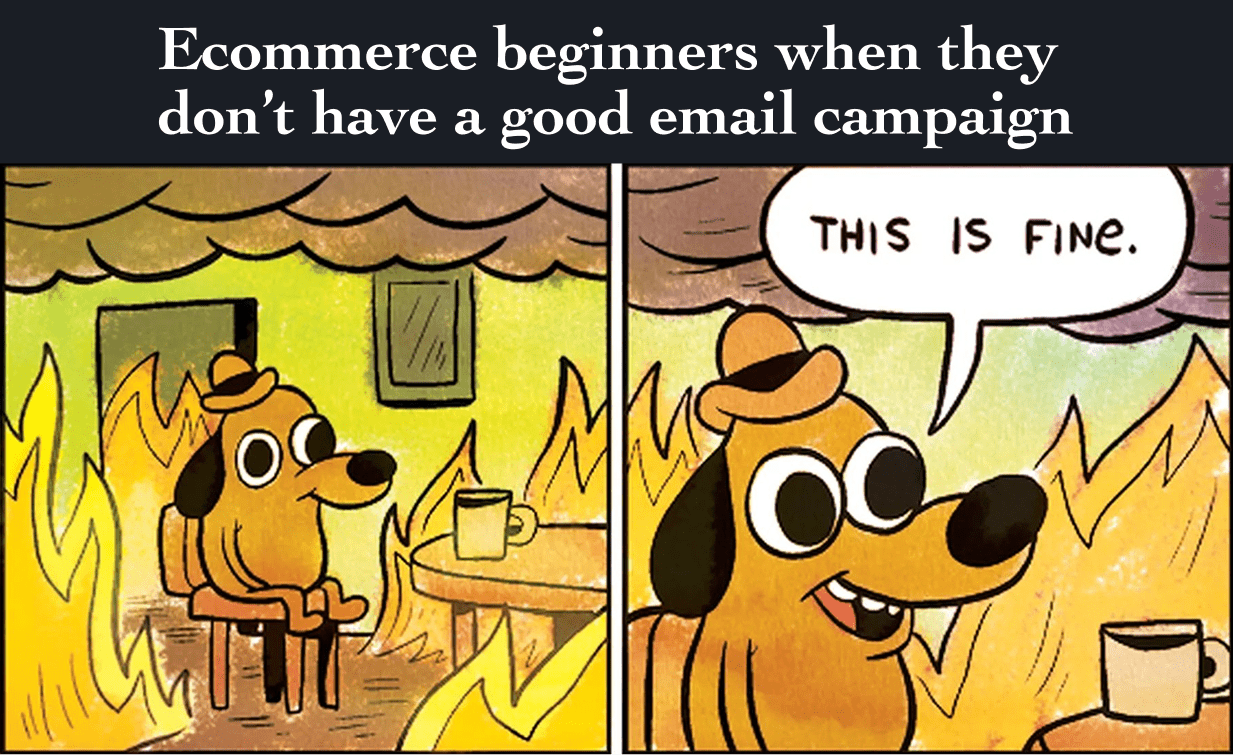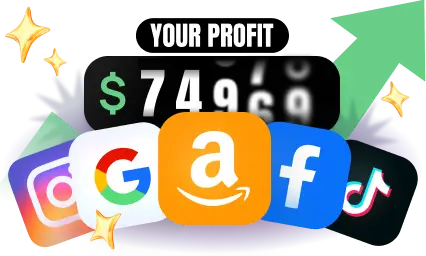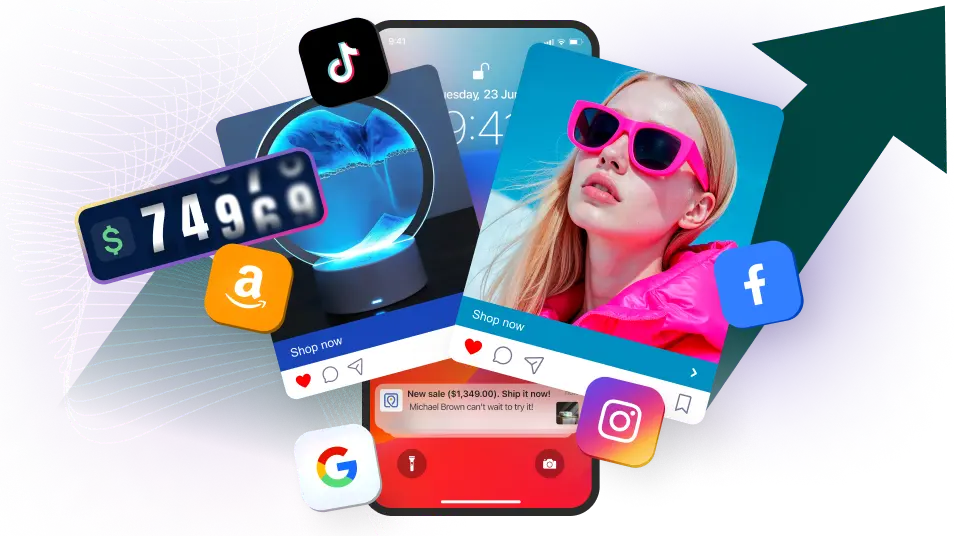From Zero To Dropshipping Hero: Your Path To Financial Freedom
Want to work on your own terms?
If you’re looking for a flexible side gig or simply want more time at home, dropshipping could be your path to independence.
It’s simpler than you might think – and we’ll help you begin.
Ready to take charge of your income?
Let’s dive in!
Learning: the first step to mastery
Learning the basics
As a wise man once said, “Knowing is half the battle!”
Dropshipping is a money game – and knowing the rules helps you win.
The good news? You can learn the basics fast, and there are plenty of places to start!
Platforms like AliDropship and Sellvia make learning dropshipping easy. With a free beginner course from Sellvia Academy, it’s the perfect place to start.
Featured in Forbes and Entrepreneur, Sellvia also offers powerful tools, 24/7 support, and even a personal growth manager to help you succeed.
Keeping up with the latest
Want to stay ahead in dropshipping? Once you’ve mastered the basics, staying up-to-date with trends is crucial for remaining competitive and driving sales.
Staying in the loop is key. Follow blogs, creators, and online communities – and check out Sellvia’s Discover section. Their ecommerce experts keep things fresh, clear, and easy to understand.
If you like hitting the books, then Sellvia has a whole library of clear-cut guides that get straight to the point on dropshipping’s latest developments.
If you love going all in on a subject, then you should check out Sellvia’s in-depth courses designed by leading industry professionals.
Product and niche selection
Once you’ve got the basics down, it’s time to set up your store – starting with choosing what to sell.
Different types of stores
What kind of store should you run?
Most beginners choose a general store – it sells a variety of products, is easy to manage, and helps you learn what works. For example, your store might offer fashion, tech, and pet products all in one place.
Later, many switch to a niche store, which focuses on one category and builds a strong brand – but takes more time to perfect. For example, a store that sells only footwear.
Start general, learn as you go, then switch to focusing on a niche when you’re ready.
Figuring out what sells
Finding what sells starts with demand.
Use tools like Google Trends and social media ads to spot what’s getting attention. It takes some digging, but good data helps you separate real winners from passing hype.
If you want to make things easier, it’s a smart move to check out Sellvia’s best-seller list. You’ll get weekly updates on what’s selling the most, so you don’t have to guess.
The team at Sellvia doesn’t just use data to share the latest trends. They also use it to create product packs with top-selling items from different niches.
On top of that, they put together a weekly list of 25 new trending products. These are items that show signs of becoming popular, so you can jump on the next big trend before it takes off.
Analyzing successful stores
As they say, copying is the highest form of flattery – and there’s truth in that. Successful stores leave clues. By watching what others are doing right, you can learn what works and why.
Tools like Minea help you track top ads on social media, showing which products brands are spending the most on (hint: those are usually their best sellers).
It’s a smart way to spot trends and winning products early – but keep in mind, you’ll need to understand the data to get the most out of it.
How to fine-tune your branding
Your brand is the face and voice of your business: how you act and sound is just as important as your actual words.
Branding is the same: Your brand is just as crucial to your success as your actual products are. Getting your branding locked in is an absolute must.
Brand name
Your brand name isn’t just a label – it’s also your store’s online address. That’s why it needs to be simple, strong, and easy to remember.
Take Instagram, for example. Its original name was Burbn. Not catchy, right? But Instagram instantly clicks – it’s memorable, feels familiar, and builds instant trust.
A good domain name does the same. When it’s short, clear, and ends in “.com,” it helps people find your store easily and makes your brand feel more credible.
Get it right, and you could see up to a 65% boost in traffic – just from having a name that sticks.
Store design
Branding covers a lot, but if you want quick results, focus on your store’s design.
Great design isn’t just about looking good – it guides shoppers toward buying and builds trust at a glance.
A clean, professional layout makes your store feel more reliable and easier to shop from.
Learning to code takes time, but the good news? There are tools that let you customize your store’s look without writing a single line of code.
Marketing
Once your products, branding, and design are set, it’s time to market your store.
The best places to start? Social media and email – they’re the fastest ways to reach people online.
Social media marketing
Social media is where the customers are – if you know how to reach them.
Organic content that feels like regular posts (not ads) works best. It avoids the “skip” instinct and can bring in big results – some professionals make over $10K this way, with almost no cost.
With nearly 90% of adults on social media, it’s the perfect space to grow. But creating great content and building an audience takes time and skill.
Paid ads like Google Ads or Meta Ads are another option – but they’re not a quick win. You’ll need to test different content and audiences to see what works, and all that trial and error costs money. Plus, these ads are more likely to be skipped over and ignored.
Still, if you’re willing to learn, both approaches can lead to serious growth.
If you’re looking for a real secret weapon, though, then Sellvia Ads is what you need to check out. It simplifies everything. It automates targeting, retargeting, and campaign optimization across all the major platforms – Google, TikTok, Facebook, Instagram, and Amazon. It’s guaranteed to get 2x–4x returns, and it’s 100% automated.
Email marketing
Email marketing still works – and it works big.
For every $1 spent, businesses earn around $42 back. With 4.8 billion users and 95% of adults using email, it’s one of the most powerful tools out there.
Think of social media as the public square – and email as your customer’s home. It’s how you build real connections and keep people coming back.
It’s cheap, effective, and delivers serious results.
Final thoughts
Dropshipping success takes time – but with smart tools, the right mindset, and solid plans, it’s absolutely possible.
From finding products to branding and promotion, each step gets you closer to working when and how you want.
It’s not complicated – just learn the basics, stick with it, and you’ll be on your way to dropshipping success.
Want to work on your own terms? The right dropshipping strategy could be your ticket to freedom – giving you more time, more income, and more control over your life.
DISCOVER MORE